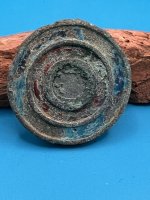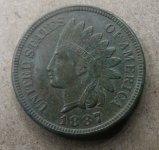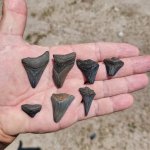Hal Croves
Silver Member
- Sep 25, 2010
- 2,659
- 2,695
- Thread starter
- #101
Hal,
Since you didn't mention the three family names, it is more of a riddle than I, personally, have the mental energy for.
Good luck,
Joe
Understandable.
I am exhausted from it myself.
Tumlinson you know.
I posted the article about Augustus and his stone tablets. His last name shouldn't be needed to see the pattern and I am only holding it back to protect the families privacy.
The third name is Arnold.




 Very interesting about the southern family connections,Please do continue. Great Job. Its time a lot of this should be out. NP
Very interesting about the southern family connections,Please do continue. Great Job. Its time a lot of this should be out. NP





